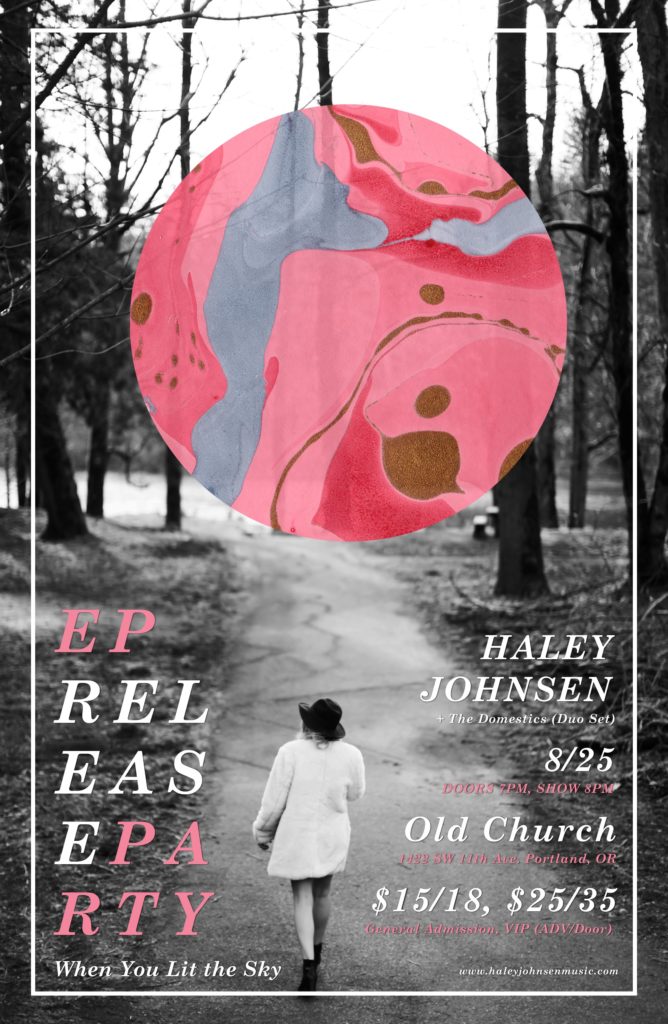City report calls for more public restrooms
A group of PSU graduate planning students presented this year’s second major investigation into Portland’s restroom status quo last Tuesday at the Central Library.
In their report, Going Public! Strategies for Meeting Public Restroom Need in Portland’s Central City, the PSU group, which calls itself “Relief Works,” concluded that Portland’s restrooms are too few and those that exist are frequently inadequate.
Showing off a graphic he described as “sort of the Consumer Reports” of Portland public toilets, PSU student Kevin Bond pointed out neighborhoods where restroom need outstrips demand, including South Waterfront, Lloyd Center and the Pearl District. Downtown Portland, for instance, has 25 public toilets to serve its more than 20,000 daily visitors.
“The Benson Bubblers do a good job of getting water in us,” Bond said of the water fountains located around downtown, “but then there’s not enough infrastructure for getting it out.”
The students’ report evaluated existing restrooms in terms of safety, accessibility, maintenance and amenities, such as soap and toilet paper. Restrooms inside buildings scored higher on the Relief Works rating system, but many indoor public restrooms are hidden away inside public buildings and parking garages with no signage, Relief Works found.
One audience member at Tuesday’s presentation said that Relief Works should not even count such restrooms because “a public bathroom isn’t public if no one knows about it and it’s locked.”
The Relief Works report advocates the placement of “way finding” signs to inform restroom-seekers of the approximate distance and direction to the next public toilet. The report suggests that the city distribute such signs for small businesses to display in their windows in lieu of “No Public Restrooms” advisories.
Other Relief Works recommendations include the hiring of roaming restroom attendants, the placement of pissoirs (freestanding urinals) in Old Town Chinatown to serve the homeless and nightlife populations, and the creation of an Old Town Chinatown “hygiene center.” A hygiene center is a resource where people may shower and do their laundry free of cost.
The planning students said in their report that public restrooms deserve the same attention that Portland lavishes on other public amenities.
“Public bathrooms are a key component of city infrastructure,” said Relief Works member Sarah Selden, “and they need to be maintained as such.”
Requested by Mayor Tom Potter’s office, this Relief Works report followed the first public toilet investigation, a 34-page report created by Old Town Chinatown’s restroom advocacy group PHLUSH (Public Hygiene Lets Us Stay Human).
While Relief Works presented its findings, members of PHLUSH stood outside the library, surveying passers-by next to a rolling handmade kiosk sporting flowers and a dummy toilet.
Most of the people polled were enthusiastic about public restrooms, said Sally Noble, a PHLUSH volunteer and PSU community development senior.
“One woman came by and said she’d been looking for a bathroom for 30 minutes,” Noble said. “She gave us a dollar.”
The organization has partnered with City Repair, a volunteer organization that works to create public gathering spaces. Together the two groups plan to build an artist-designed restroom in Old Town Chinatown in spring 2007.
“We are losing the public goods,” PHLUSH member Carol McCreary said. “We didn’t notice they disappeared, and now we have to fight to get them back.”
PHLUSH and Relief Works both aim to implement a citywide public restroom task force as the next step in the process.





